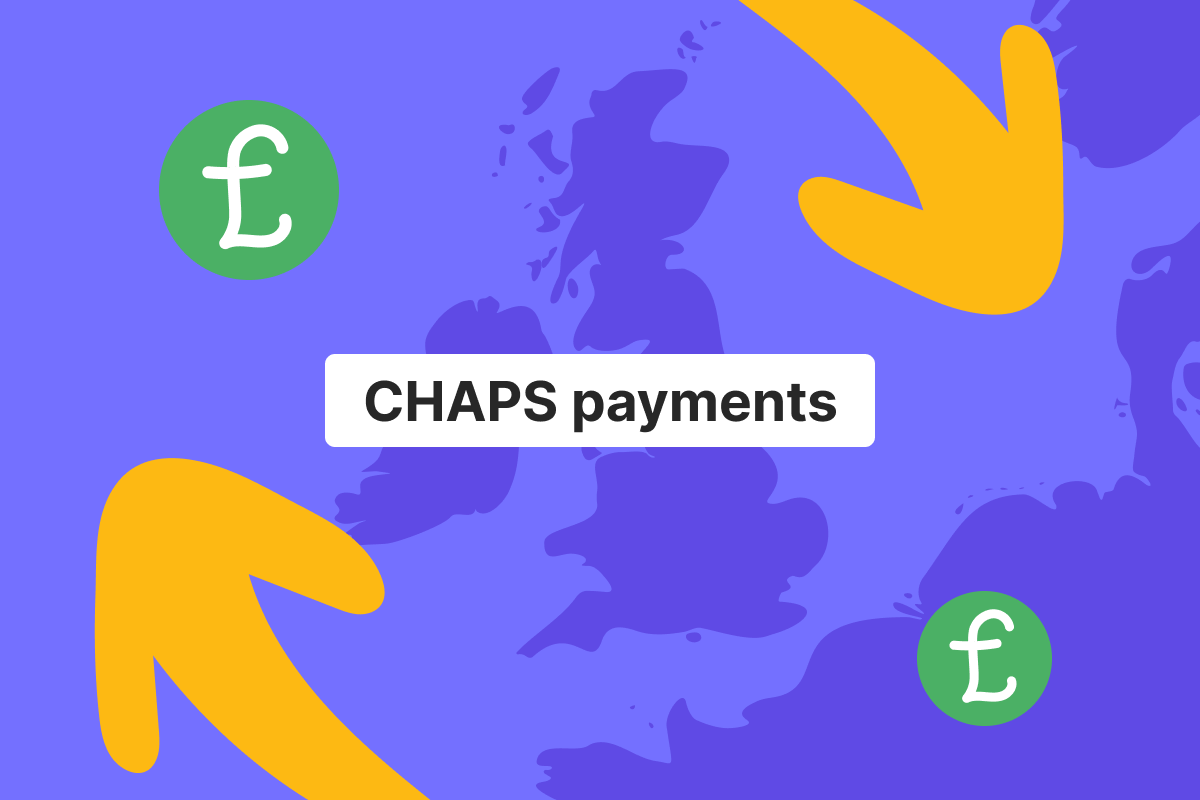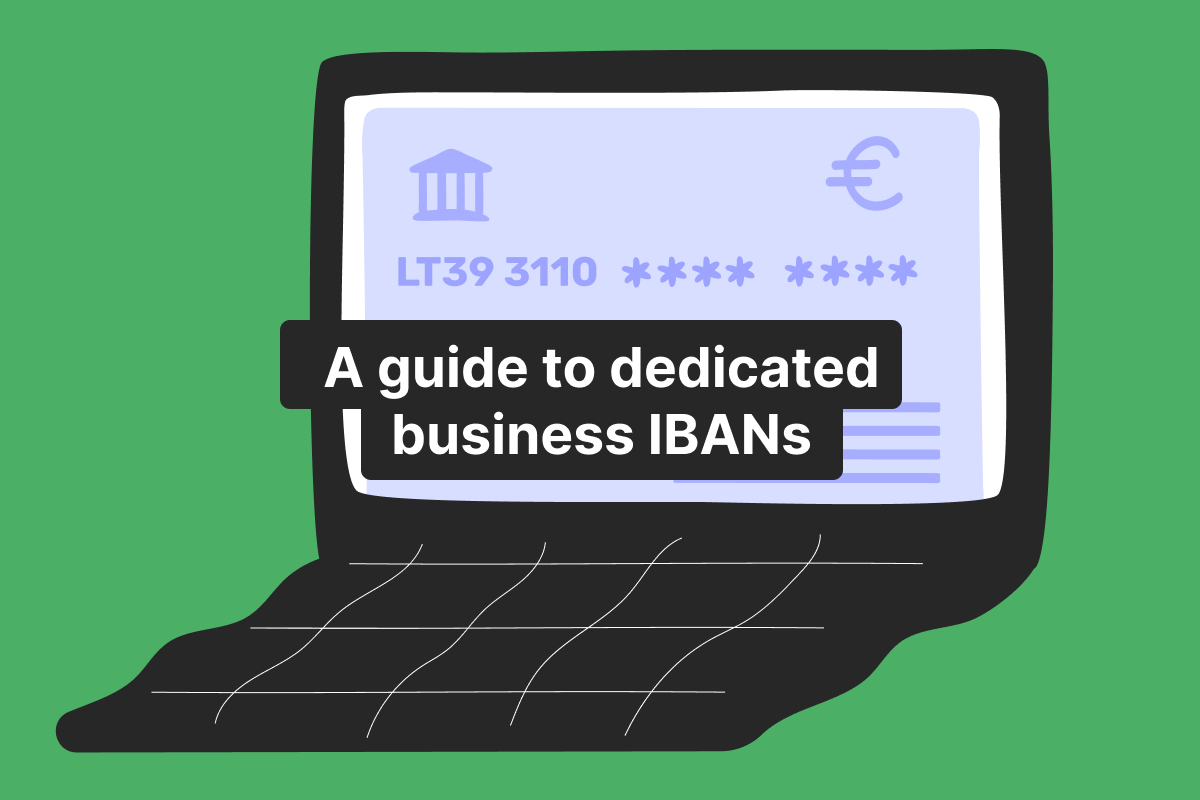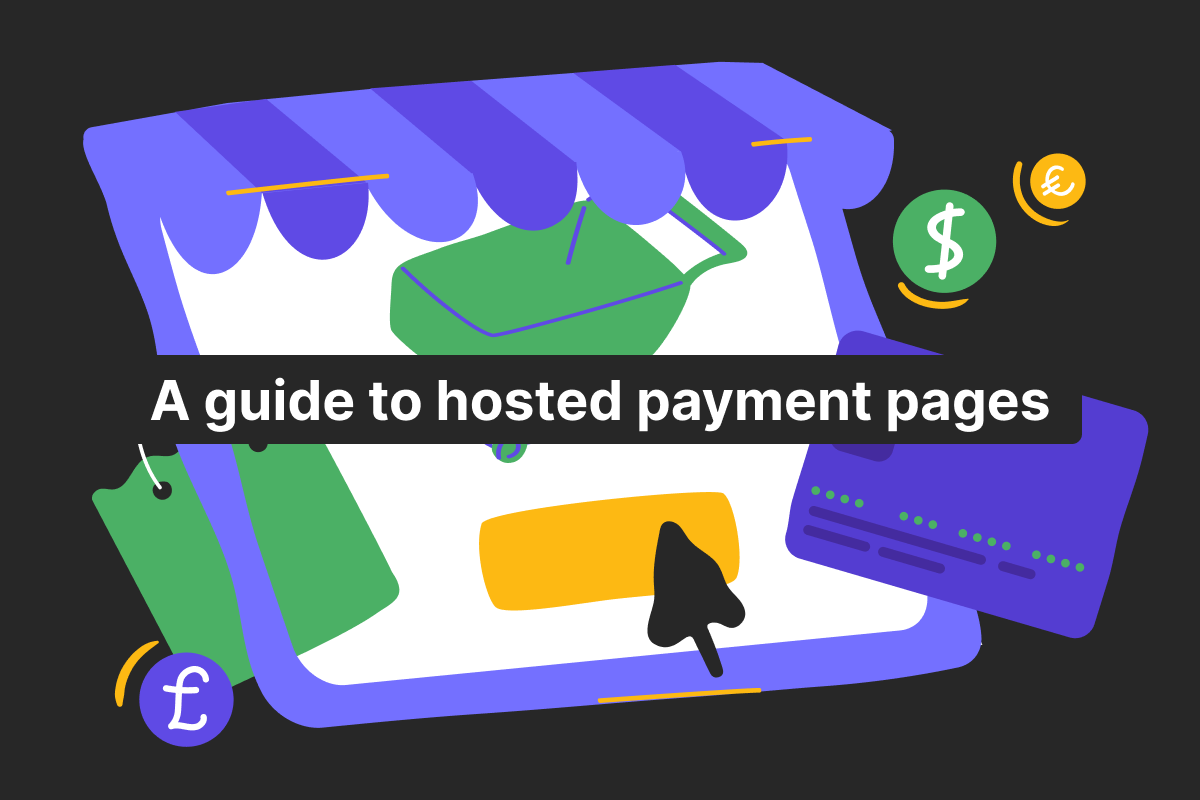We are used to discussing euro payments in our blog. But what about other transfer options? For instance, CHAPS payments are a specific transfer method used in the UK. Although you can only make a CHAPS payment in British pounds, it can still be very effective for a couple of purposes.
Want to learn which ones? In this article, you will find out what CHAPS payments are and how to make a CHAPS payment. We will also explain how the CHAPS payments function inside Genome.
What is a CHAPS payment?
CHAPS stands for the Clearing House Automated Payment System, which is used for receiving and sending money within the United Kingdom in GBP only.
The Clearing House Automated Payment System was established in 1984, with its ownership later passing to the Bank of England. Currently, CHAPS payments are a part of the Real-Time Gross Settlement (RTGS) system – they are settled individually in real time rather than being batched.
A CHAPS bank transfer is most beneficial when a client needs to send a large transfer. Moreover, these transfers reach the beneficiary on the same date, which is advantageous for urgent payments.
Notably, CHAPS payments are available inside Genome as a part of our international money transfer feature for your business account, but more on that later.
How does a CHAPS transfer work?
As we mentioned previously, the Real-Time Gross Settlement (RTGS) system is used to carry out CHAPS transactions. It means that payments are processed individually and irrevocably within seconds during UK banking hours. Transfers are final once sent and must be initiated before the bank’s daily cut-off time, usually between 3–5 p.m., depending on the institution.
To make a CHAPS bank transfer, you’d better figure out how it works first. Let us help by leading you through the process.
Transaction process
Here’s an example: Bob lives in Birmingham and needs to send a CHAPS payment. He uses the services of a bank that works with the CHAPS payment system.
1. Bob logs into his mobile banking app and selects the CHAPS payment option.
2. To proceed, he needs to fill out the following information: sort code, account number, and the amount to be transferred.
3. Once the information for the bank transfer is filled out, Bob hits the “Send” button.
4. His bank confirms that Bob has enough funds to send the payment and directs payment instructions to CHAPS;
5. The payment method is then processed via the RTGS system;
6. If Bob has sent his CHAPS payment on a business day, during business hours, the transfer should reach the beneficiary on the very same day.
Integration with banks
The CHAPS payment option is directly used by major high-street banks, as well as some international and custody banks. Many other financial institutions access CHAPS indirectly by making their payments through the direct participant bank.
These main banks include very well-known institutions. Some of the direct participants are:
National Westminster Bank plc (part of the NatWest Group);
HSBC Bank plc (part of the HSBC Group);
J.P. Morgan Chase Bank N.A. (London branch);
Barclays International (a trading name of Barclays Bank plc, part of the Barclays Group);
Danske Bank (a trading name of Northern Bank Limited, part of the Danske Bank Group);
CLS Bank International (an Edge Act Bank based in New York);
Lloyds Bank plc (part of the Lloyds Banking Group);
Clydesdale (a trading name of Clydesdale Bank plc, part of the Virgin Money UK PLC Group);
Deutsche Bank AG (London branch);
Royal Bank of Scotland plc (part of the NatWest Group);
Elavon Financial Services DAC (UK branch);
Societe Generale (Paris Head Office);
Northern Trust Company (London branch);
ING Bank N.V. (Amsterdam Head Office);
Euroclear Bank SA/NV (Brussels Head Office);
Virgin Money (a trading name of Clydesdale Bank plc, part of the Virgin Money UK PLC Group);
Santander UK plc (part of the Banco Santander Group);
Bank of China Limited (London branch);
Banco Santander, S.A. (London branch);
HSBC UK Bank plc (part of the HSBC Group);
Bank of America N.A. (London branch).
You can find the full list of over 30 direct participants used for sending money via the CHAPS system on the Bank of England website.
Open an account
in Genome online
When to use the CHAPS payment method?
So, what are the most common use cases for the CHAPS payment method?
When buying property or real estate, it is generally a good practice to use CHAPS. It ensures large sums are transferred securely and on the same day.
Businesses also utilize the CHAPS payment method to pay large suppliers or contractors, as it is ideal for high-value payments that exceed Faster Payments limits.
Additionally, sending urgent payments above Faster Payments limits is another reason to go for CHAPS instead.
The CHAPS system also works for treasury operations or loan repayments, as you can move significant funds quickly between accounts.
Can CHAPS be reversed?
CHAPS payments are irrevocable once processed, as funds are settled instantly via RTGS with no recall option. Errors must be reported to the sending bank immediately, but recovery isn’t guaranteed.
To avoid errors, always double-check recipient details before using this payment method to avoid costly mistakes.
CHAPS vs. Faster Payments vs. BACS vs. SWIFT
When it comes to transfers within the UK, CHAPS payments are hardly the only option. Let’s compare them to other transfer methods so you can better understand which one suits your needs the best.
CHAPS vs. BACS
CHAPS is more commonly used when you need to send a lot of money and want your payment to arrive on the same day. So, such an option can be beneficial if you’re making an expensive purchase or transferring large sums during B2B payments.
In contrast, BACS payments are designed for bulk payments such as payroll or supplier invoices, which take up to three working days to process.
While CHAPS is more expensive, with fees typically ranging from 20 to 35 pounds per transaction, the BACS payment method is low-cost or free, depending on the bank. Both BACS payments and CHAPS transfers are only available in GBP.
CHAPS vs. Faster Payments
At first sight, CHAPS and Faster Payments are rather similar, as they both work only for payments in GBP currency and are rather quick.
However, Faster Payments have two major advantages over the CHAPS system. For one, they are instant, meaning you can receive Faster Payments within seconds.
Secondly, Faster Payments are processed 24/7, and bank holidays don’t apply. Meanwhile, CHAPS payments are processed only on working days.
Still, Faster Payments have transfer limits (up to £1 million, depending on the bank) and may not support large transfers. Thus, you might want to use it for smaller payments. CHAPS, while reliable, is more costly and typically used for business or critical payments.
CHAPS vs. SWIFT
SWIFT transfers differ from CHAPS a lot. First and foremost, the SWIFT network is used for international payments and is used in over 200 countries and territories. It also allows money to be sent in multiple currencies, not just GBP.
However, SWIFT payments are slower, often taking 1–5 working days, and can incur higher fees due to intermediary banks.
Still, you can’t ignore the usability of SWIFT altogether if you plan on sending money to any other country or currency other than British pounds.
Feature | CHAPS | Faster Payments | BACS | SWIFT |
Speed | Same-day | Minutes | 3 days | 1-5 days |
Cost | £20-£35 | Free/low | Low | High |
Value limit | No limit | ~ £1M (bank-set) | None | Varies |
Currency | GBP | GBP | GBP | Multiple currencies |
Use case | Urgent, high-value | Everyday payments | Payroll/bulk | Global payments |
How to make a CHAPS payment
CHAPS payments can be made through online banking, over the phone, or by visiting a bank branch, depending on your bank’s services. To complete a CHAPS payment, you’ll need the recipient’s full name, their sort code, and account number.
Need to send money within the UK and abroad? Then Genome’s international money transfer feature is for you! All you need to do is start a business account and check if you’re eligible to use our international payment option.
Once your business account is available, you gain access to a dedicated EUR IBAN account and can open additional multi-currency accounts within seconds!
Our international transfers allow you to send business payments to over 40 countries in USD, GBP, EUR, PLN, CHF, JPY, CAD, CZK, HUF, SEK, and AUD. When you make a payment, Genome uses an Intelligent Routing System to determine which transfer option will be the most efficient and cost-effective for you among SWIFT, CHAPS, Faster Payments, and TARGET2 options. You can also receive payments via SWIFT, CHAPS, BACS, Faster Payments, and TARGET2.
Additionally, all Genome’s clients have access to SEPA Credit and Instant Transfers, allowing you to send funds within the SEPA zone.
Pros and cons of CHAPS
You would prefer to make a CHAPS payment for many reasons when choosing among different transfer options.
Benefits of CHAPS
Same-day settlement. The same-day settlement means the CHAPS payment will reach the beneficiary on the same business day it was sent. In this context, the speed of CHAPS payments is particularly crucial because a large amount of money is usually sent per payment. And not all transfer options can handle a large business payment in such a short time.
High-value transaction capability. CHAPS is designed for large payments with no upper limit, allowing businesses and individuals to transfer substantial amounts efficiently. Companies commonly use it for sending money during large-scale business operations.
Secure payment system. The Bank of England follows strict regulations to keep your money safe during a CHAPS payment. Advanced encryption protocols and fraud prevention tools protect your every payment.
Certainty of payment. Once a CHAPS payment is processed, it is irrevocable, providing the recipient with immediate assurance that the bank transfer is cleared.
Reduced counterparty risk. CHAPS lowers the chance of payments not going through by transferring money in real time. It is especially useful in financial markets or when working with new business partners.
Disadvantages of CHAPS
Costly for individuals: CHAPS payments often come with high fees, making them less suitable for personal or low-value transactions.
Not available 24/7: CHAPS operates only during UK business hours, typically with a cut-off time in the early afternoon, meaning same-day payments must be made early.
Limited to GBP and the UK: CHAPS can only be used for payments in British pounds and to UK bank accounts, making it unusable for international or multi-currency transfers.
No recall or cancellation: Once a CHAPS payment is submitted and processed, it generally cannot be reversed, even if sent in error.
Open an account
in Genome online
Conclusion
CHAPS is definitely beneficial for people and businesses who need to manage significant financial GBP transfers within the UK. Moreover, they can send and receive CHAPS payments in a safe and secure way, which is facilitated by the RTGS system. The combination of CHAPS, BACS, and Faster Payments in the UK creates a perfect combination of transfer options in GBP, as all of them have different advantages over each other when it comes to sending money.






